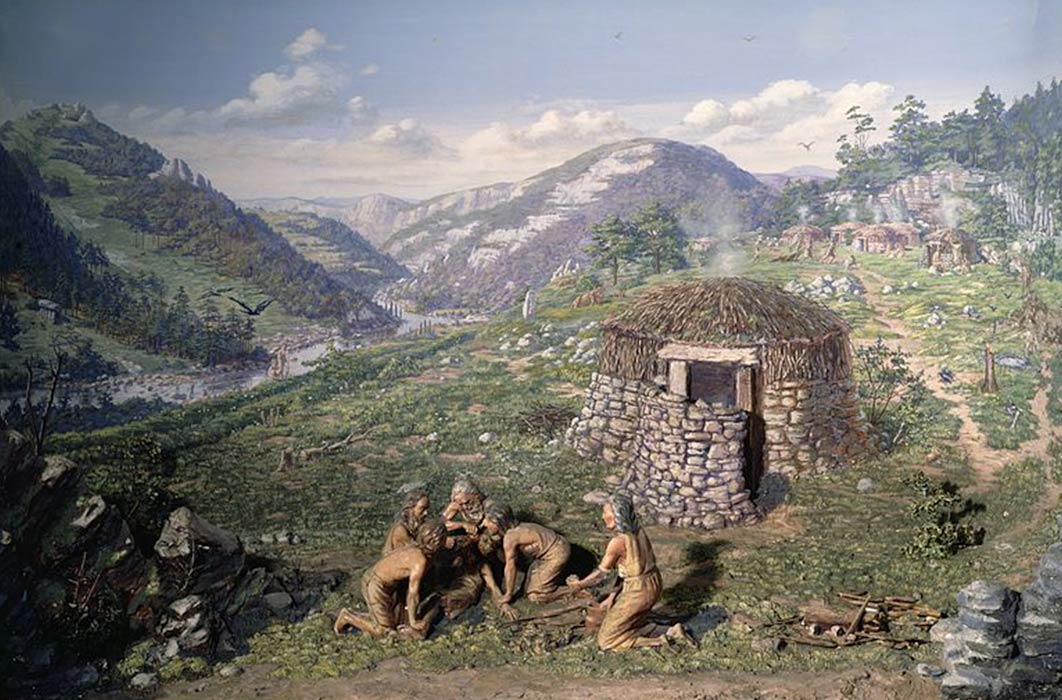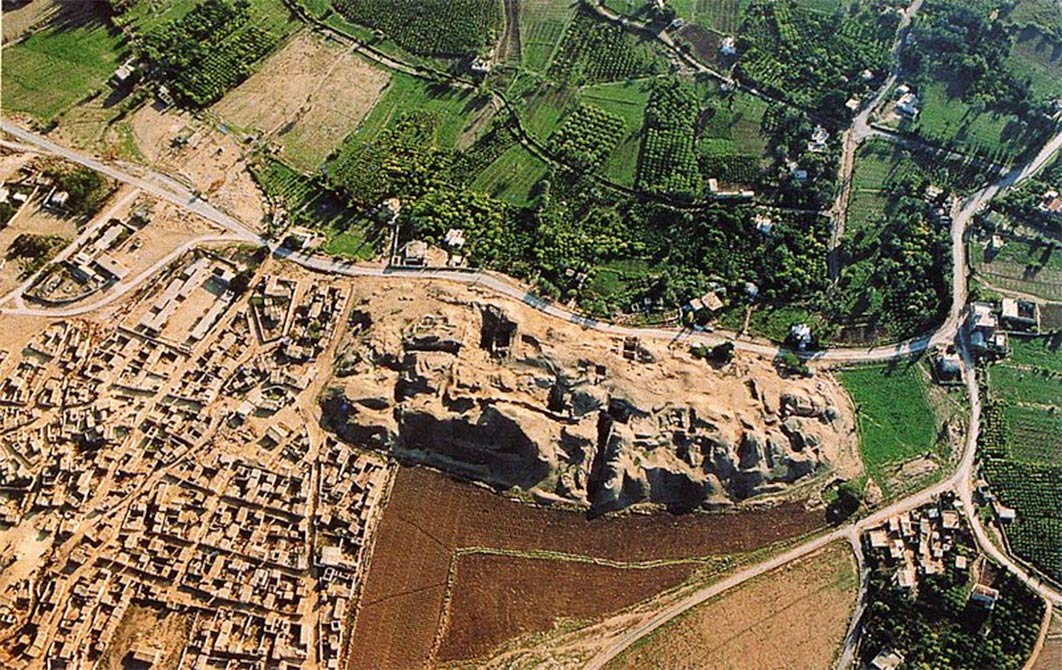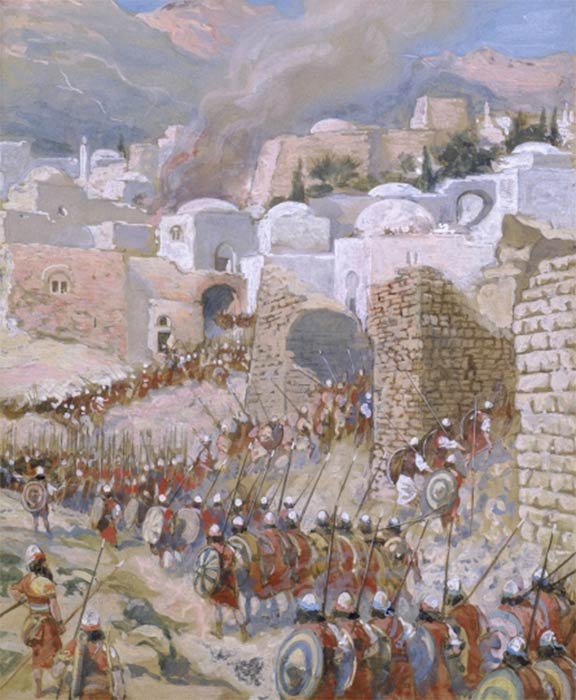
True Civilization Sites Predating the Neolithic Revolution
The beginnings of what archaeologists often call ‘true civilization’ are most often attributed to the Neolithic Revolution, which began at different places around the world from around 10,000 BC. It marked one of the most important periods in human history when nomadic hunter-gatherer-fisher ancestors began settling as new agricultural methodologies were being developed. However, while most of the earliest known human settlements date back to the Neolithic, a collection of the archaeological sites predate them by sometimes tens of thousands of years and contain some of the earliest works of art on the planet. ‘True civilization’ could have been born long before the Neolithic Revolution.
The Taking of Jericho by James Jacques Joseph Tissot (c. 1896-1902) (Public Domain)
Tell es-Sultan Jericho
Age: c. 9000 BC; Location: Jericho, West Bank, Palestine; Discovered: 1868; Primary Use: Fortified settlement.
Scatterlings of flint tools and the remains of mudbrick houses were discovered in 1868 at Tell es-Sultan, also known as Tel Jericho, the site of Biblical Jericho which is today a UNESCO-nominated archaeological site on the West Bank, located two kilometers north of the center of Jericho. Inhabited from the 10th millennium BC this settlement is often referred to as ‘the oldest town in the world’ and during the Younger Dryas stadial, of colder climates and droughts, Tell es-Sultan was a popular camping ground for Natufian hunter-gatherer groups. According to Steven Mithen in his 2006 book After the ice: a global human history, 20,000-5000 BC this particular site was of great value because of the nearby Ein es-Sultan spring, around which ancient hunter-gatherers left tiny crescent-shaped microlith tools.

During the Middle Bronze Age Jericho was a small prominent city of the Canaan region and the mound or tell of Jericho was surrounded by a great earthen rampart. (Public Domain)
Around 9600 BC the droughts and cold weather of the Younger Dryas period began to end allowing Natufian hunting groups to live at this site all year-round and a permanent settlement was founded. Archaeologists have found evidence to suggest epipaleolithic construction at Jericho predates the invention or development of agriculture, with these Natufian structures dating to before 9000 BC at what was the beginning of the Holocene epoch in geologic history. During the Pre-Pottery Neolithic A (PPNA) phase at Tell es-Sultan (ca. 8500 – 7500 BC) one of the world's first major proto-cities emerged and the PPNA-era settlement measures around 40,000 square meters (430,000 square feet), containing round clay and straw, mud-brick houses, plastered together with a mud mortar. Each dwelling measured about five meters (16 feet) across. By 7000 BC Tell es-Sultan had become a large fortified town and it was around this occupation that the famous wall and tower of Jericho were built to protect the settlement.

The famous Tower of Jericho at Tell es-Sultan archaeological site was constructed around 8000 BC. (Public Domain)
The massive wall and tower were built around 8000 BC and at its base it measures 1.8 meters (five feet 11 inches) wide, inside of which, a stone tower was built in the center of the west side of the tell, which represented the world’s tallest structure until the construction of the Pyramid of Djoser in Egypt, for the burial of Pharaoh Djoser, during the 27th century BC. Archaeologists radiocarbon dated the tower in 1981 and 1983 indicating that it was built around 8300 BC and stayed in use until ca. 7800 BC. It is estimated that using stone tools the wall and tower took a 100 men more than a 100 days to construct, which suggests some form of social organization and managed division of labor in deep-prehistory.





